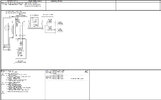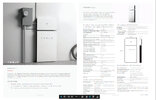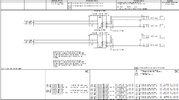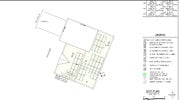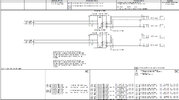The Powerwall+ manual says:
"Every system contains at least one Powerwall+, with additional Powerwalls installed depending on your home’s energy consumption."
That would imply that you could have the head unit (gateway + inverter) of the PW+ which also uses energy from a second PW2. Maybe having 2x PW+ doubles the current capacity of the system, since each PW+ has a continuous off-grid output capability of 9.6 kW (divided by 240V = 40A), with overcurrent protection at 50A. So with 2 independent systems, you could get 2*40A = 80A, whereas with two PW2 and one gateway you'd not be able to get more than 50A continuous.
Now I'm really confused... are you sure your installer knew what he was doing?



